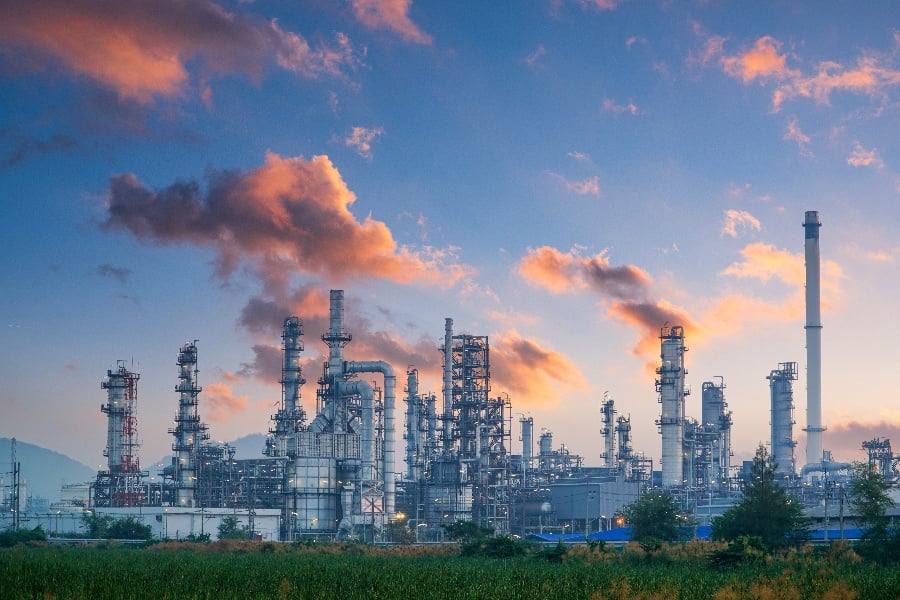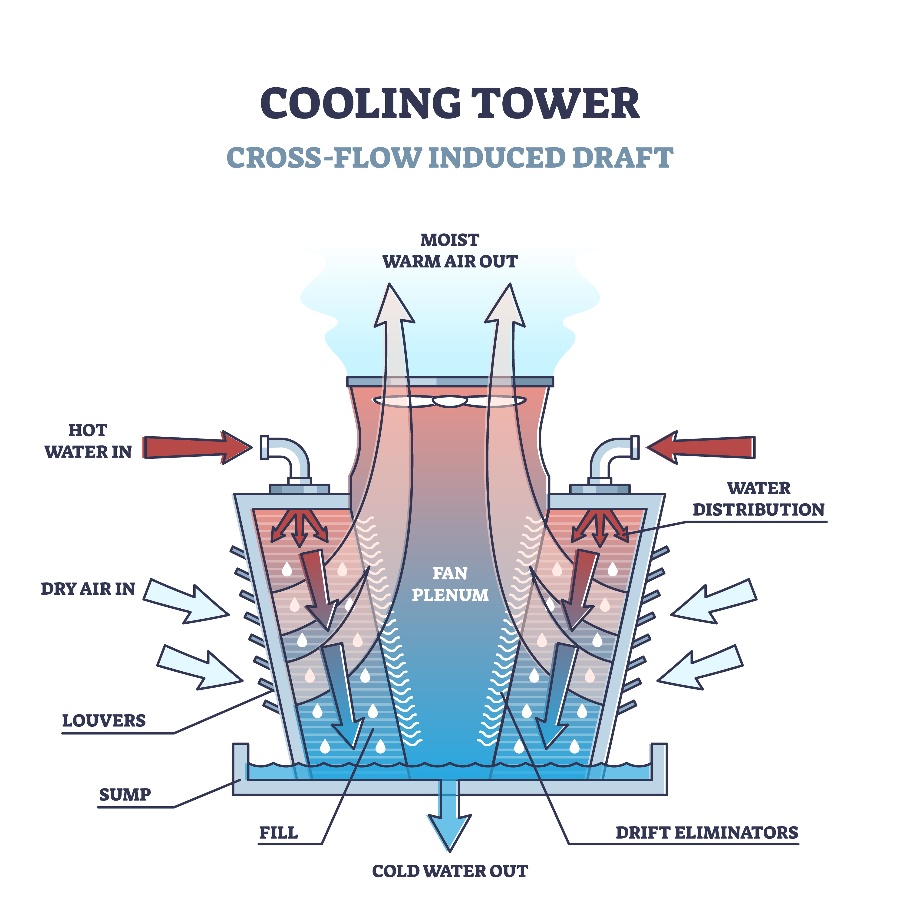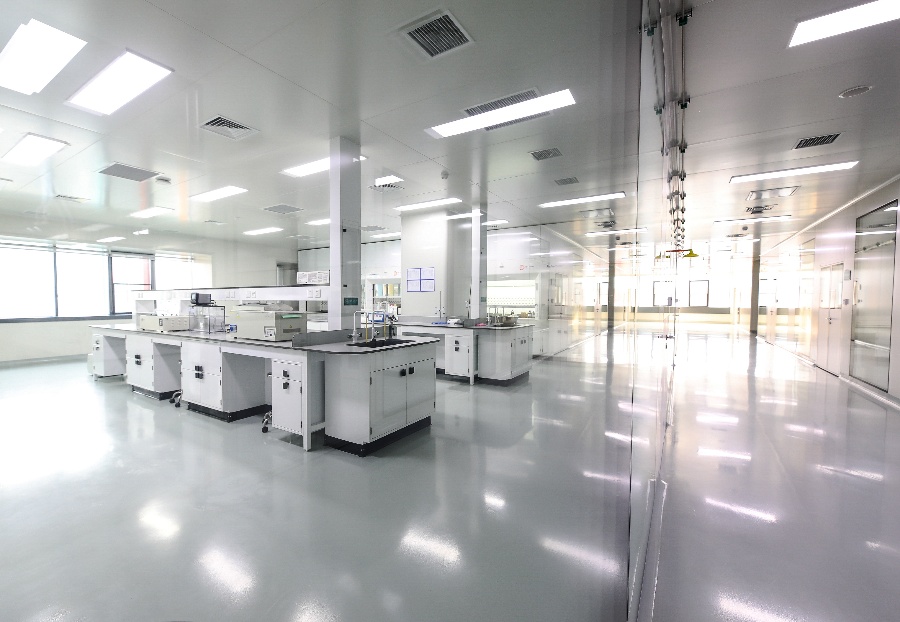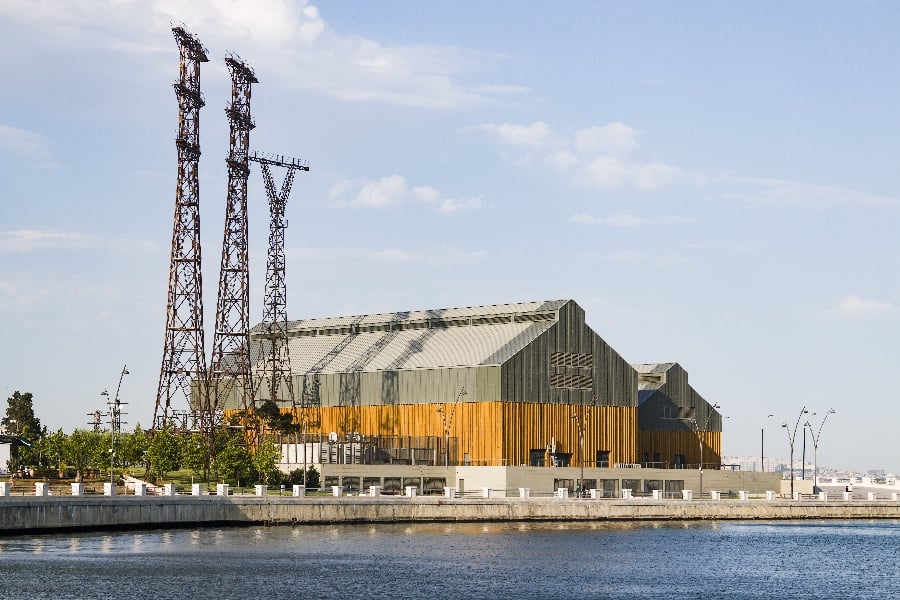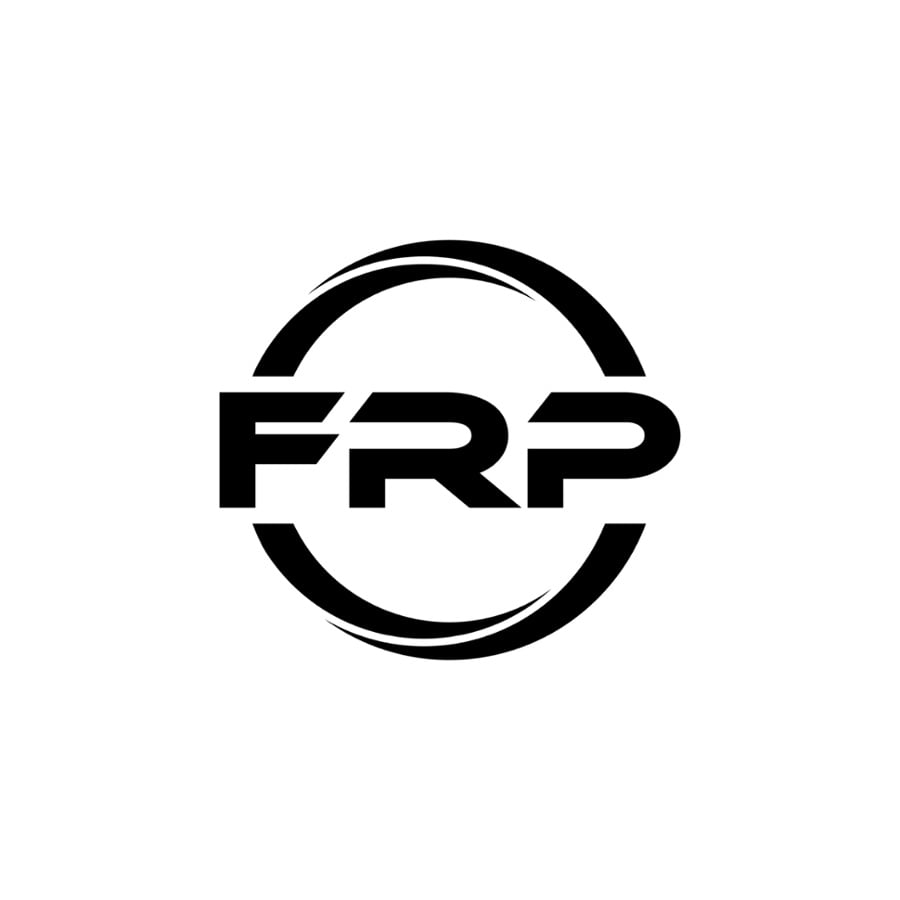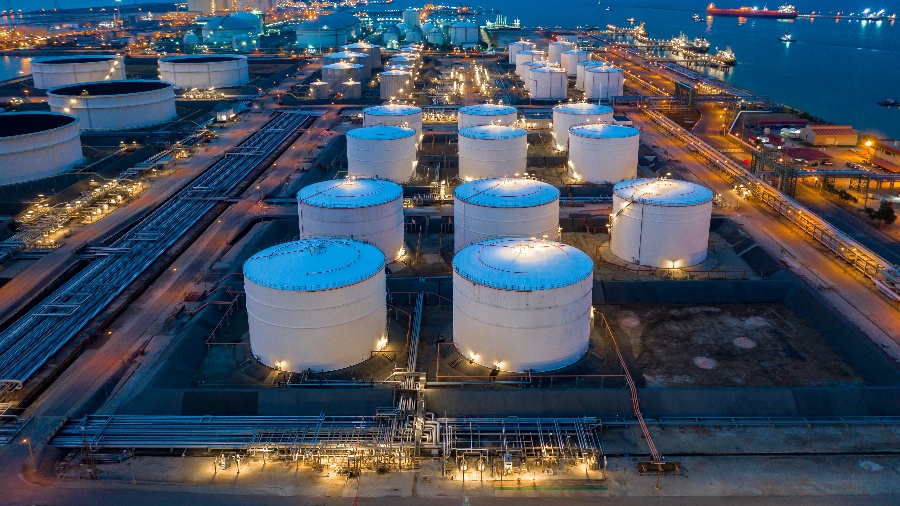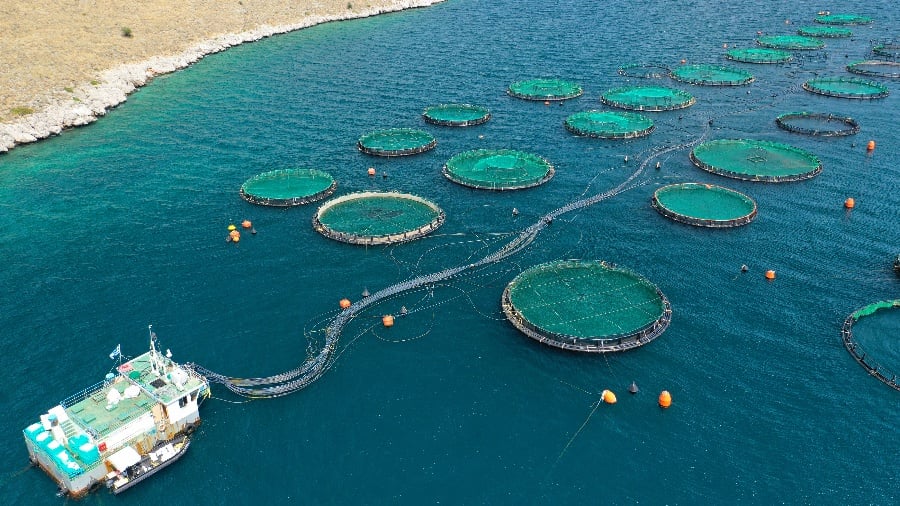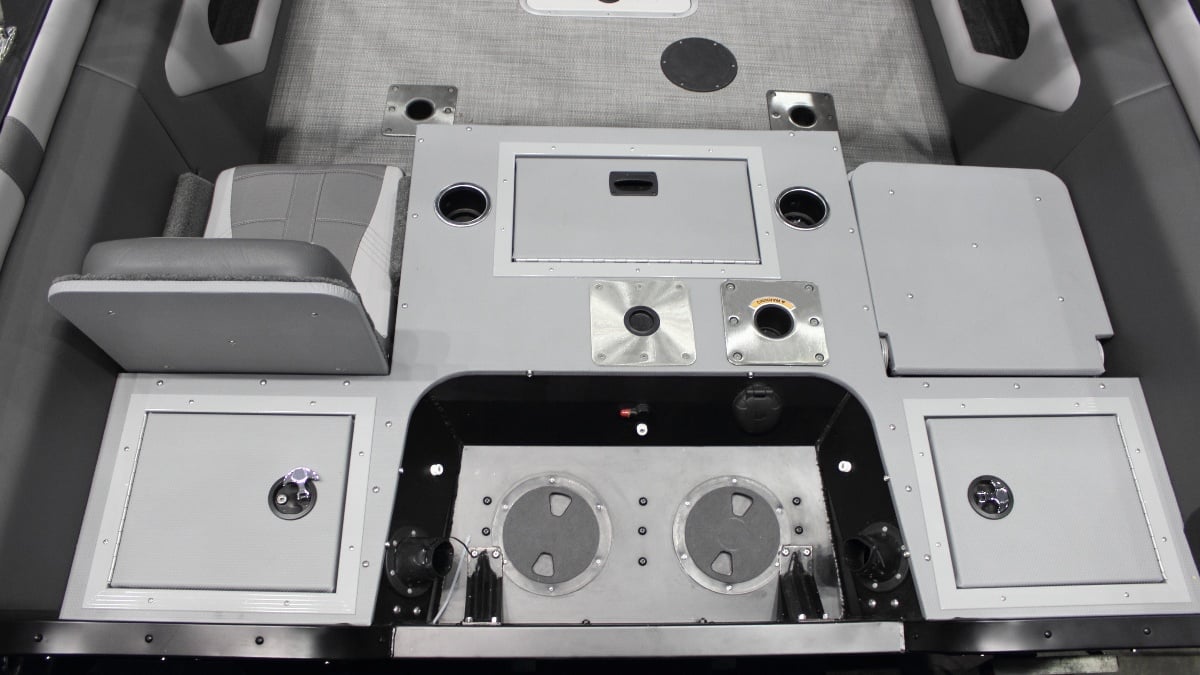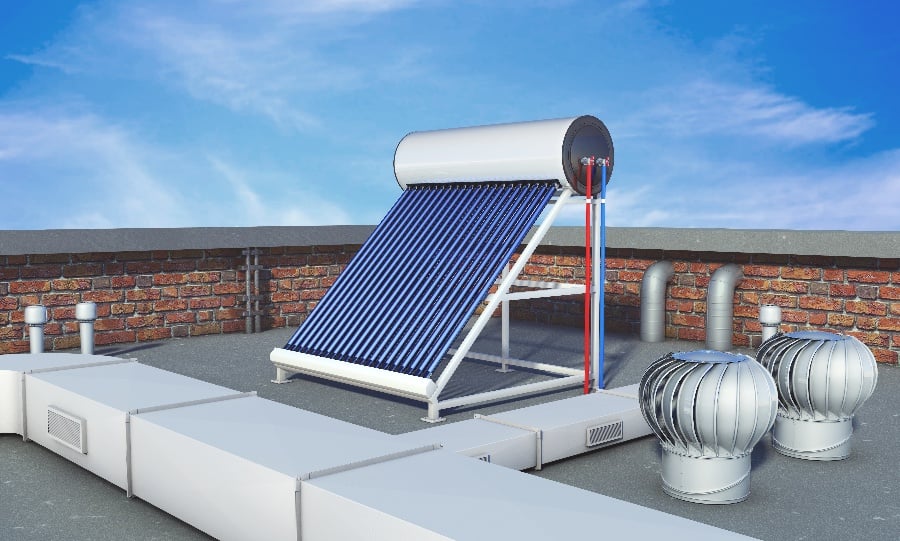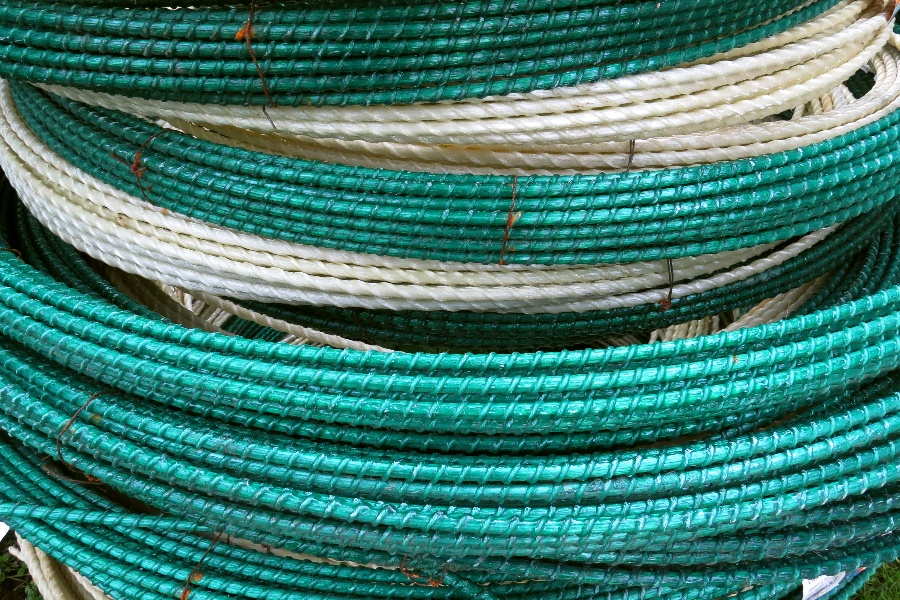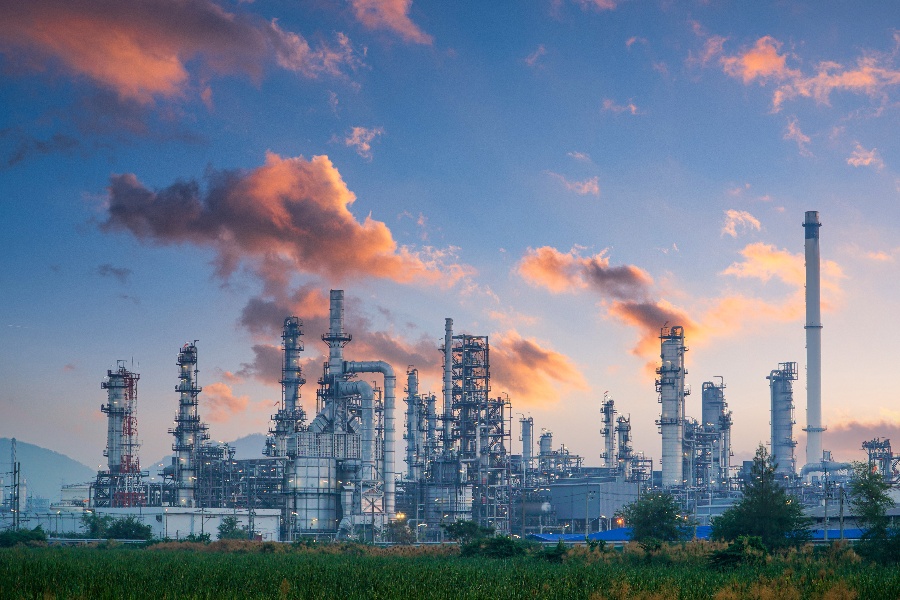
Fiberglass Fiber Reinforced Polymer (FRP) composites are used in many industries across the board. Because FRP profiles are versatile and flexible, it’s hard to find an industry that can’t benefit from the use of fiberglass.
Fiberglass Defined
Fiberglass is glass that can be made into very fine fibers and combined with different resins to give it specific properties such as fire retardation, corrosion resistance, high thermal endurance and dimensional stability. Fiberglass is widely used because of its flexibility and versatility.
According to Science Direct, “FRP composites are lightweight, high strength, corrosion-resistant materials. In fabric form, they offer unprecedented flexibility since fibers can be oriented to provide strength in any given direction.”
So, what are the factors driving the demand for fiberglass applications?
The four key properties that make fiberglass increasingly popular are:
1. Corrosion Resistance
In industrial applications, the demand for fiberglass profiles is high because of their resistance to corrosion. It is one of the only materials that can survive in harsh, corrosive workplace environments.
When building structures in outdoor environments or ones that encounter a lot of moisture, corrosion is a major concern. In such environments, old school materials like wood will absorb a large amount of moisture and warp while metal will corrode. This can lead to many problems including being a hazard to safety, costly repairs, and even serious accident probabilities.
Although substances such as oil, acids, and chemicals can be corrosive, water is a major problem. This is because water is a common substance used in many industrial applications ─ to clean, to cool, or a result of the environment the facility or structure resides in. While necessary, water can be damaging.
Structures such as wood or metal catwalks, decking, handrails, and stairs can be damaged to the point where the damage becomes detrimental to safety. The deterioration of structures or support can result in accidents that cause serious injury or even death to workers.
Wood
Comparatively speaking, wood is one of the least expensive structural materials in industrial applications but is also the most vulnerable to damage. Everything from fire, extreme temperatures, and hard impact can destroy wood structures with ease. Over time, water can do serious damage to wood as it is highly absorbent.
Within environments such as oil rigs, waterparks, marinas, and outdoor support structures and installations ─ wood is exposed to moisture and water constantly. Even with treated and sealed wood, water seeps into the wood and can cause serious rot or warping.
Water-damaged wood can warp, lose its strength, can rot and fall apart or it can come loose from fasteners.
Steel
Even steel has its vulnerabilities and weaknesses. For one, metal is very heavy. This weight means it is more expensive to get structural steel to a job site. In many cases, reinforced concrete is also required to handle the weight of steel structures such as catwalks.
Safety is also a major issue with steel. Aside from being a conductive material posing an electrical shock risk, it is also susceptible to corrosion. Steel can withstand up to thousands of pounds of pressure, yet can snap with rust.
Since water is corrosive to the iron in steel, it breaks down the material and causes a chemical reaction that results in rust. For example, when parts of a steel bar rust, that part becomes very weak and brittle. On structures that are used for walking or for support, such as platforms ─ rust can pose a threat to safety.
2. Low Absorption Rate
FRP composites are deemed waterproof as these have a low absorption rate. Manufactured out of resin and glass fibers, there is no iron or any metal in its makeup. This means there is zero chance for rust to develop ─ and no safety risks because of it. In fact, FRP composites are excellent for use in wet conditions to the extent that it is used extensively in many “wet” industries such as:
Wastewater Treatment Plants
For metal structures, wastewater treatment plants are one of the most corrosive environments for metal structures. An average plant will have tank platforms, catwalks, stairs, handrails, ladders and so much more. Maintenance of metal structures in these plants will require inspection, repair, Occupational Safety and Health Administration (OSHA) documentation and replacement, all of which can drain a lot of man-hours.
With the use of FRPs to replace metal structures, the chance of corrosion goes to virtually zero. Therefore, it makes economic sense to use FRPs in such situations.
Structures for Oil Rigs
Traditionally, structures for offshore oil rigs have been metal structures. This means that salty seawater adds an extra punch to the corrosive nature of water. On top of that, the platforms, stairs and rails also come in constant contact with seawater.
In addition, wellhead platforms, rig ladders, and stairs corrode and can become slippery and dangerous. This is expected given the environments where these structures are built.
Using FRPs to construct such structures can turn out to be more economical while offering a big boost for safety. Since FRP grating can be textured with non-slip coatings and doesn’t corrode, it eliminates the threat of slip and fall mishaps because of corrosion and when oil products coat the surfaces of the rig.
FRPs are relatively easier to install and are much lighter in weight. Therefore, outfitting offshore oil rigs are much easier logistically. Structures can be constructed and installed on-site with regular tools and no heavy equipment is required.
The product is easier to handle, transport and install. This is especially important because such rigs are often installed in remote locations.
Attractions and Theme Parks
FRP profiles make good economic sense in Theme- and Water- Parks, with thousands of visitors walking on stairs and decking, sitting on picnic tables, and crossing bridges. With metal structures, the constant onslaught of water can lead to corrosion quickly and a shortened life cycle. With wood stairs or platforms, there could be rot or even dry rot during the offseason.
In general, the good thing is that newly constructed attractions and parks ─ from stairs, handrails, pedestrian bridges, and especially their rides and water attractions ─ do not use those old school materials anymore. Older existing parks are also shifting away from metal and wood materials out of safety and financial concerns.
The Takeaway
FRPs offer a huge long-term financial advantage due to their durability. The return on investment on FRP is going to be far greater than steel or wood. But, it’s not just about saving on the cost of materials ─ the savings come from mitigating the risk of injury due to structural failures.
As a company, Tencom has been producing quality pultruded fiberglass products for over 22 years. If you have a design concept or product in mind and would like to learn more about FRPs, we'd love to talk to you. To find out more, contact us to see how we can help.

